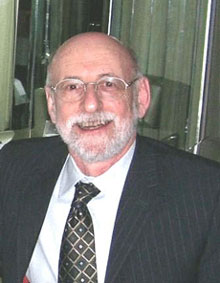Brief but important lessons on RFPs and value added by procurement

Consultant Michael Asner recently provided Govpro with some advice on preparing RFPs. “A friend asked me to condense my one day RFP course into a hundred words or less. Here is the short-shorter-shortest version (83 words),” Asner told Govpro.
Critical RFP lessons . . .
1. Whenever possible, avoid using RFPs — they are problematic.
2. Never write an RFP for the first time — that’s when you make all the errors.
3. Never start with a blank piece of paper — find examples, templates and models.
4. Always invest in learning about best practices — a great rate of return!
5. Recognize that your problems are NOT unique — they exist everywhere.
6. Remember, you own the process not the content — so get some help.
7. Always have an RFP gatekeeper to review the final RFP.
Asner helps governments, auditors, procurement executives, and lawyers deal with procurement and RFP issues through his firm, Michael Asner Consulting. He also helps private-sector companies understand the RFP process and how to create effective proposals.
Asner recently shared with Govpro a list of some of the ways that public procurement professionals add value to their organizations. According to Asner, “Many [public] procurement people have done a poor job in educating senior management about the value of the procurement function. Some senior managers and politicians still regard procurement people as ‘buyers,’ or ‘order takers.’ These critically important stakeholders don’t understand the value that procurement people add to the process.”
Asner explains that in many government entities, the procurement managers are the guardians of public policy. “They are the ones who ensure that the process is ‘fair and open.’ Scandalous behavior in procurement matters is news. And in most cases, the scandal deals with senior management or politicians having abused the procurement process. It is rare that professional procurement people are involved.”
The ways that public procurement professionals add value to their organizations encompass a variety of tasks, including the following seven categories, says Asner:
Needs Definition Phase
Planning Phase
Research Phase
Sourcing Phase
Analysis Phase
Awards Phase
Contract Management Phase
Some of the tasks areas are quite involved, says Asner. The Needs Definition Phase, for instance, has five separate tasks, while the Research Phase has six unique tasks.
To obtain the list of some of the ways that public procurement professionals add value to their organizations (besides clicking on the link above), go to Asner’s home page, and the full article is presented in the Recent Blog Posts section with the heading Value Added by the Procurement Department.




















